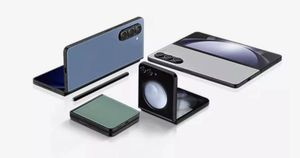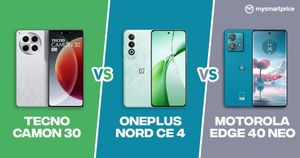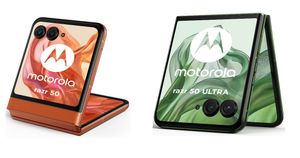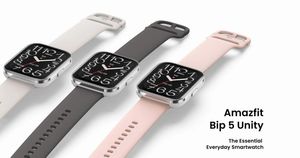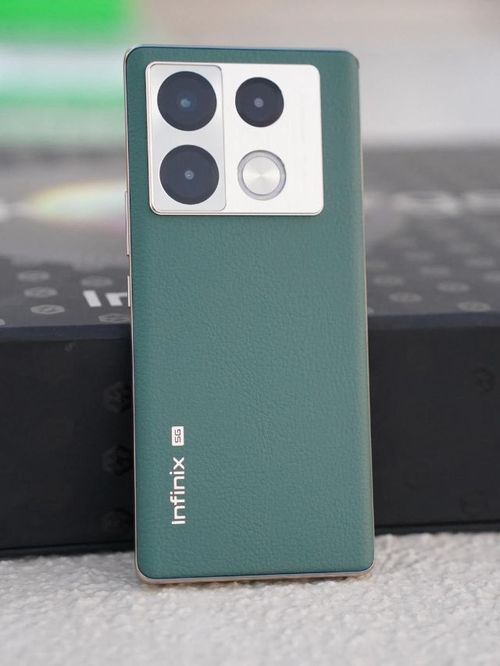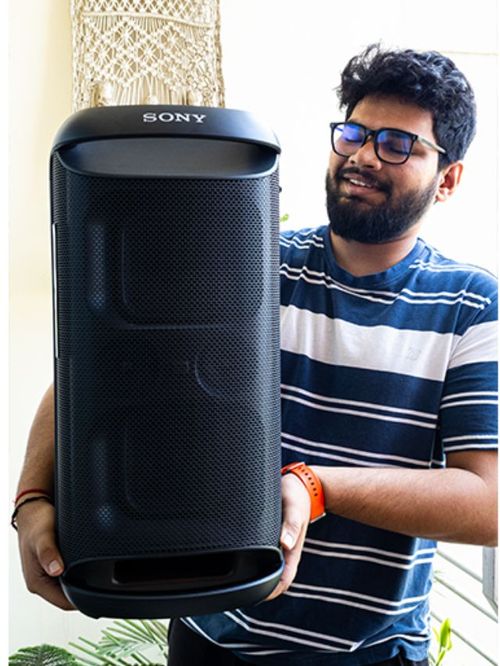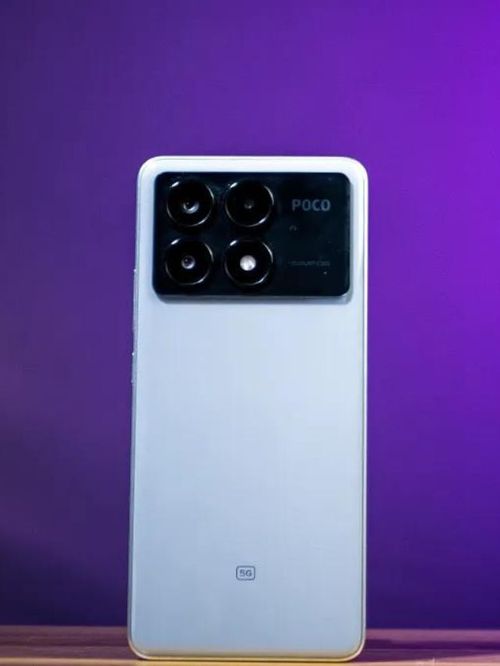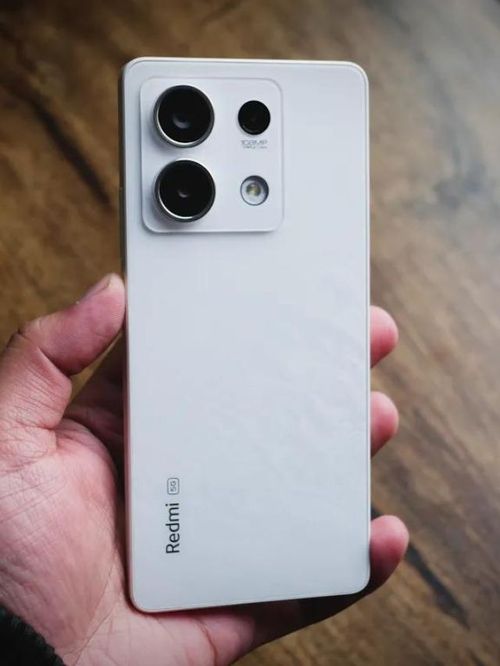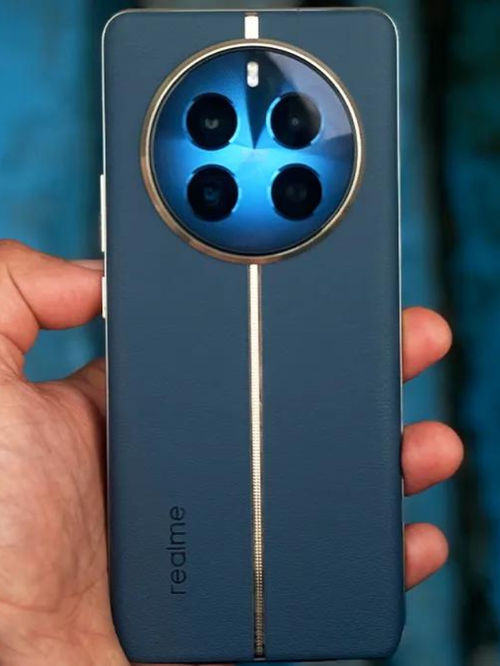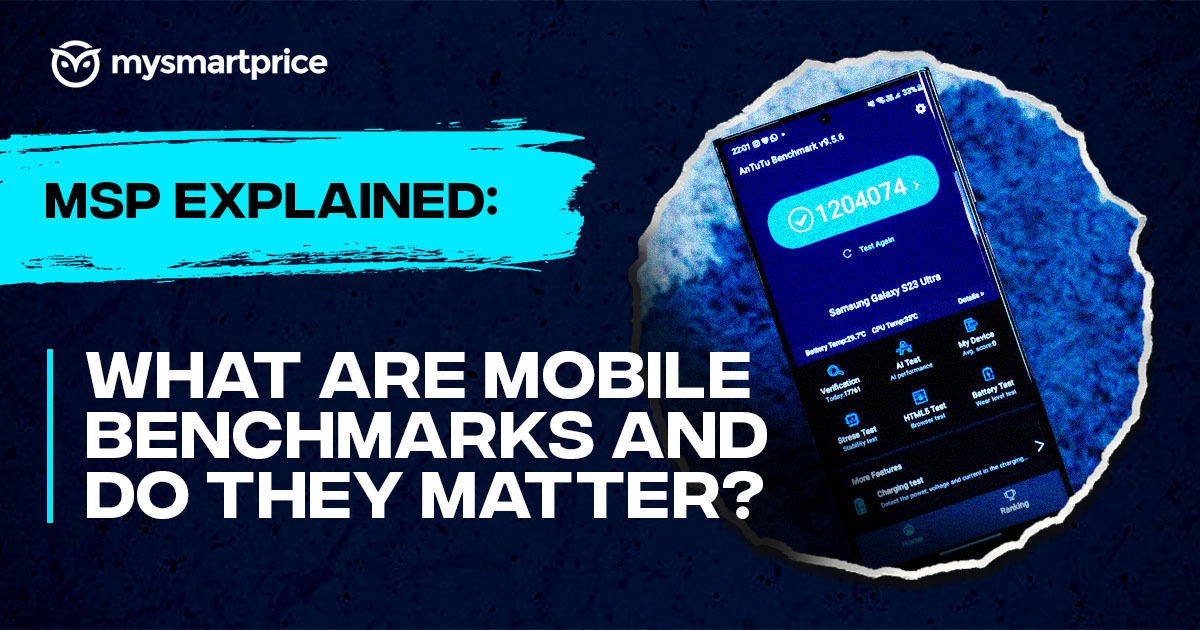
Mobile benchmarks – we've all come across them while looking for smartphones. While the graphs say ‘higher is better' – are they? Smartphone makers are also notorious for sharing AnTuTu scores in their keynotes, followed by roars of the crowds. So, it's only natural to be curious about them. This MSP Explained dives into the world of mobile benchmarks, helping you understand what they are and how relevant they are to real-world use.
What Are Mobile Benchmarks?
Benchmarking is a preset script or code to test a smartphone based on various parameters like CPU, GPU, battery life, and more. It can also test the performance of a processor for a better understanding. The higher the score, the better the performance. Treat this like an eye test, where an optometrist runs your eyes through a battery of tests and then gives you a score.
Benchmarks help you compare the performance of Phone A with Phone B so that you can easily plan which one you want to go for. Plus, you can also see if the results match the claims made by the brand. This becomes essential when two phones of almost the same hardware perform differently in benchmarking tests.
Popular Benchmark Apps
There are several benchmarking software to gauge a phone's performance. These include Geekbench, AnTuTu, 3DMark, and more. However, Geekbench and AnTuTu are the most popular and commonly used. Let's break these two down.
AnTuTu (Android & iOS): Runs various tests like video playback, browser scrolling and gaming emulation. It provides an overall score with the breakdowns of CPU, GPU, memory (RAM & storage), and user experience (UX). While a single score is often shown, remember that it’s a combination of these categories. AnTuTu scores are good for a general idea of performance, but keep in mind:
- A higher score doesn’t always translate to a massive real-world difference.
- Scores can vary slightly depending on the AnTuTu version used.
- Focus on what matters to you – CPU for gaming, UX for everyday tasks. Individual category scores offer a more nuanced picture.
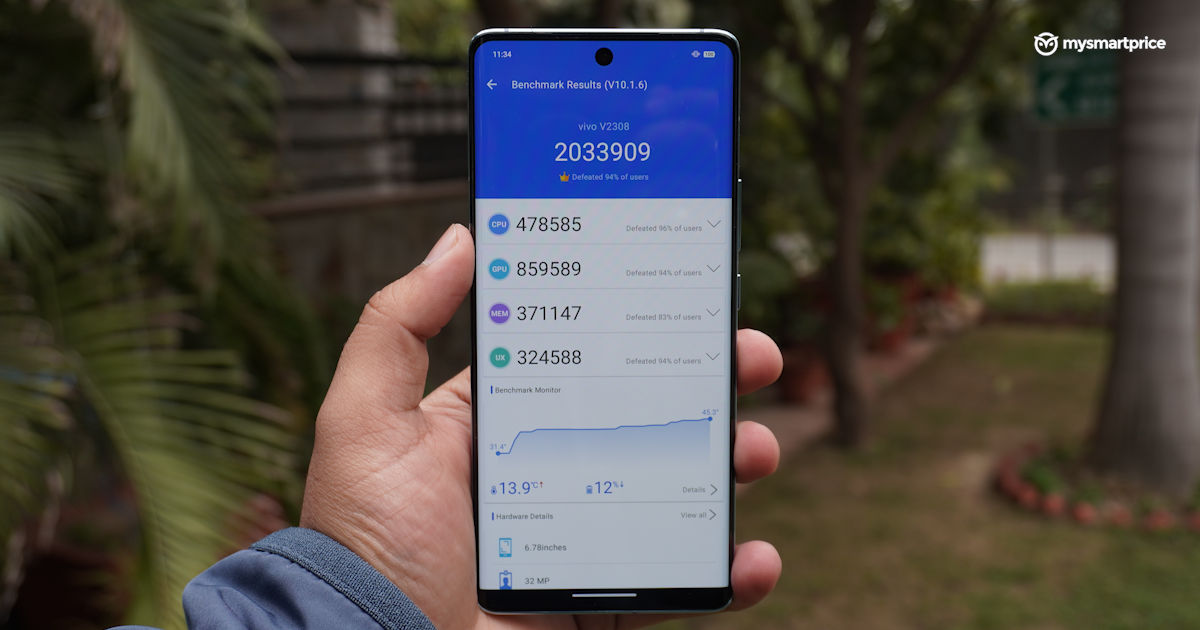
Geekbench (Android & iOS): Goes deeper, focusing on CPU performance. It provides separate scores for single-core and multi-core tasks. Single-core reflects everyday activities like checking email, while multi-core tackles demanding tasks like video editing. Unlike AnTuTu, Geekbench uses realistic workloads to simulate real-world usage.
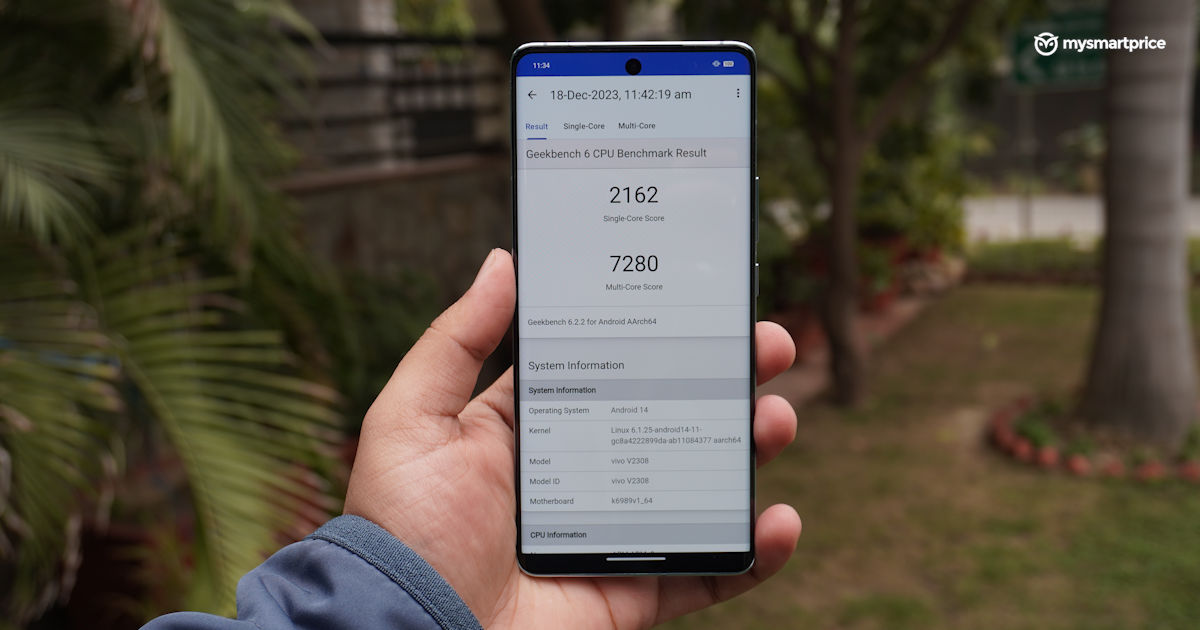
What's the Difference Between AnTuTu and Geekbench?
In a nutshell, Geekbench focuses on CPU performance while utilising realistic workloads to simulate everyday tasks, making the scores more relevant to real-world usage. AnTuTu takes a broader approach, encompassing things beyond the processing power of a phone. It also includes tests that might not directly reflect everyday use for all users, designed solely to push the limits of a phone. This is more suitable for gamers and power users.
Phones With the Highest Benchmark Scores
Here you can find the top 5 smartphones with the highest benchmark (both on AnTuTu and Geekbench) scores based on our testing,
Note: You must know the benchmark scores aren’t directly proportional to the prices. As seen above, the iQOO 12 has a higher AnTuTu score than the Galaxy S24 Ultra, with the latter costing way more.
Are Benchmarks Representative of Real-World Performance?
Benchmarks seem like a magic bullet, offering a quick numerical comparison. However, real-world usage is different,
Intense Tests vs Daily Tasks: Benchmarks push phones to their limits with unrealistic workloads that most users wouldn’t encounter daily.
Software Matters: A well-optimized UI can make a phone with average hardware feel snappy, even with lower benchmark scores. Conversely, some phones might be optimized only for benchmarks, leading to a poor user experience.
Conclusion
Benchmarks offer a helpful starting point but shouldn’t be the sole deciding factor. Consider your priorities. Potential phone buyers come from all walks of life. Not everybody wants a phone with the strongest processor – they may have other priorities, such as a good camera, UI or battery life. Here are two rules of thumb while referring to benchmarks.
Power User/Gamer: Focus on CPU scores (Geekbench) and AnTuTu’s overall score for a general idea of performance.
Everyday User: Look beyond raw processing power. Consider factors like camera quality, battery life, and UI optimisation, which benchmarks don’t always reflect.
The best phone for you depends on your needs and budget. Don’t get hung up on benchmark scores – use them alongside other factors to make an informed decision.


